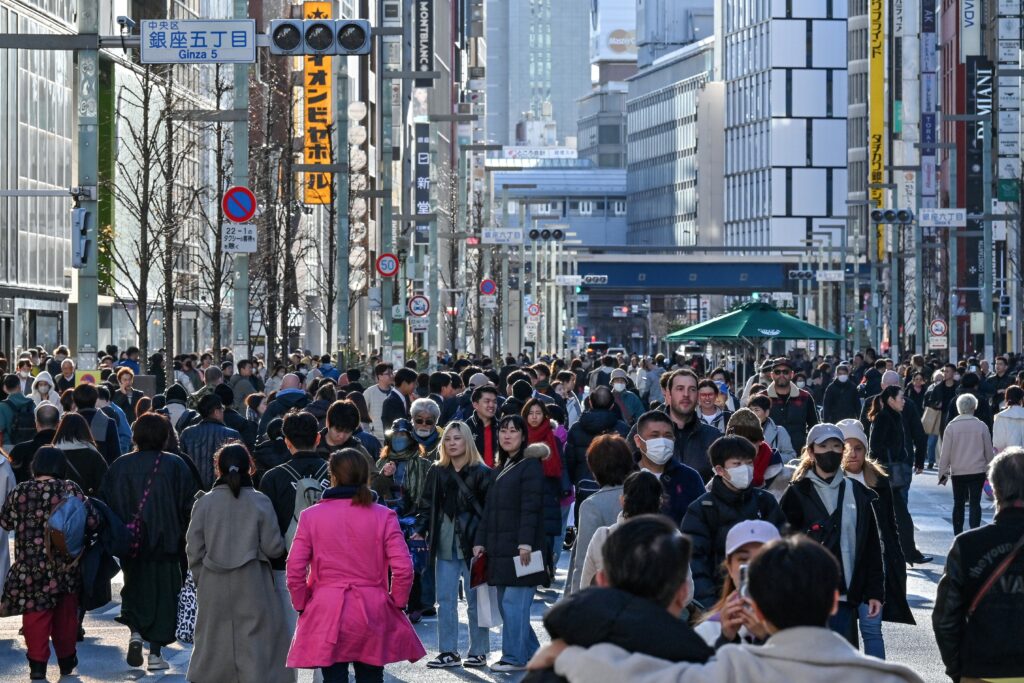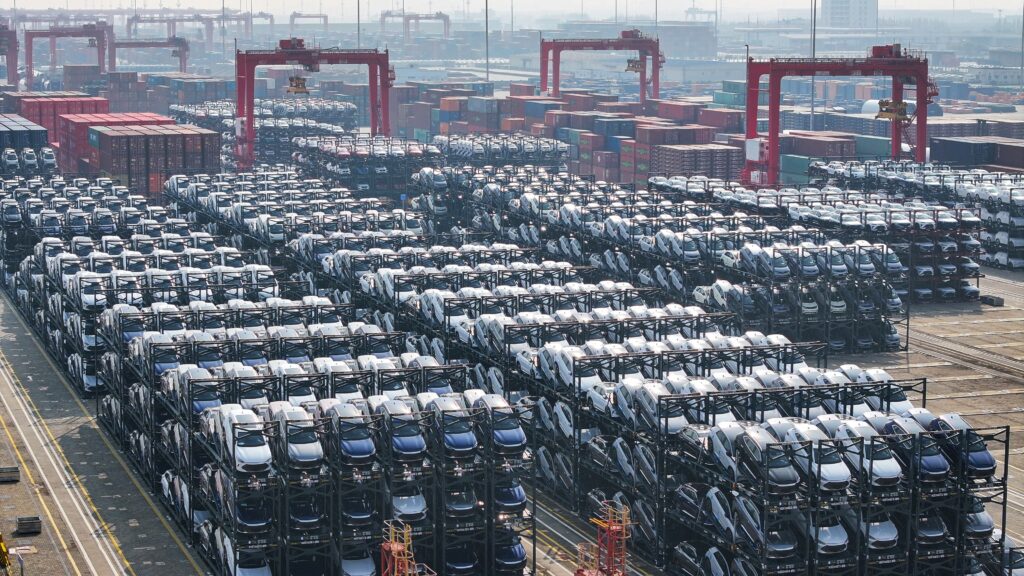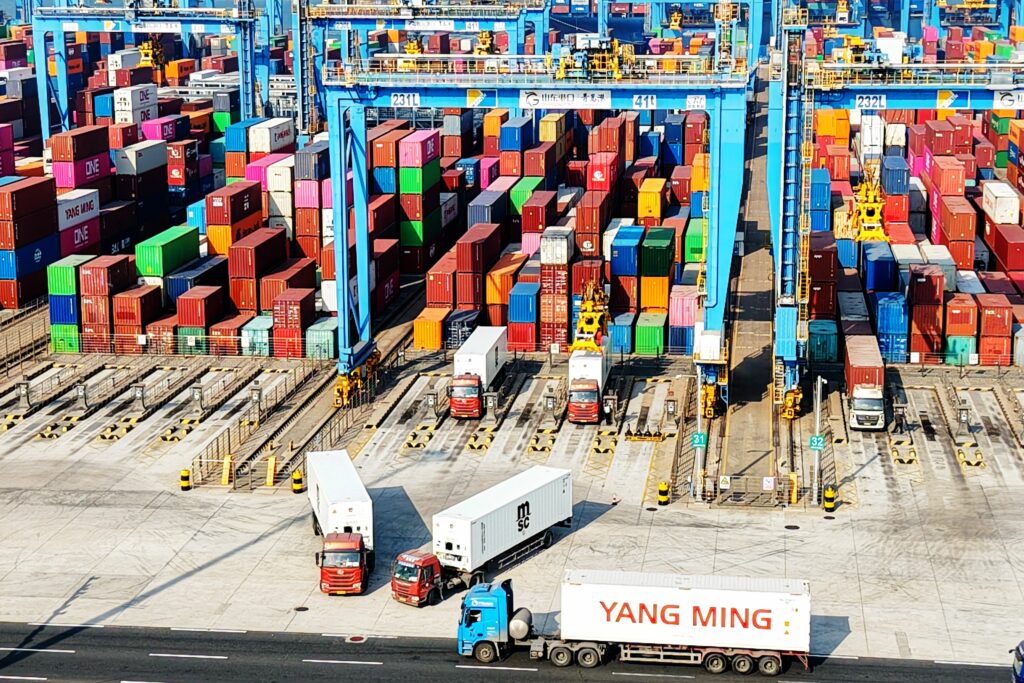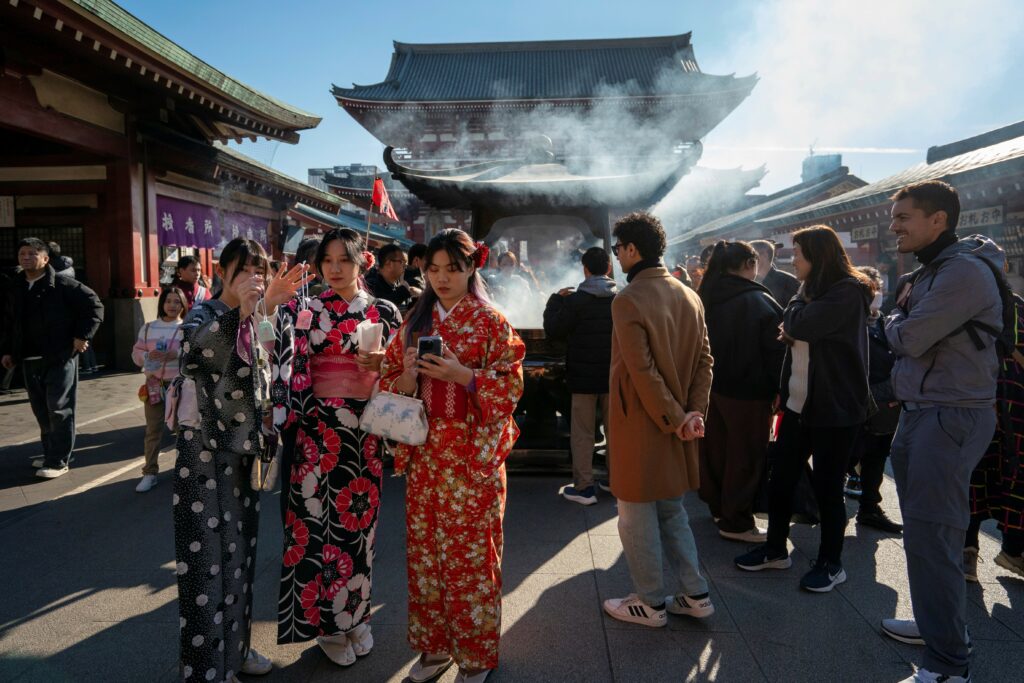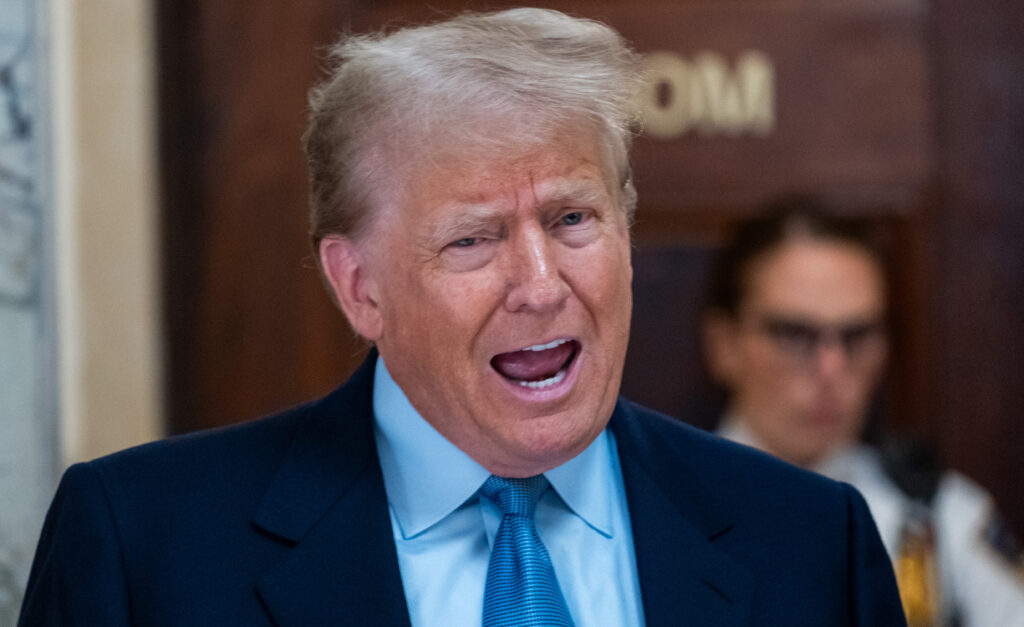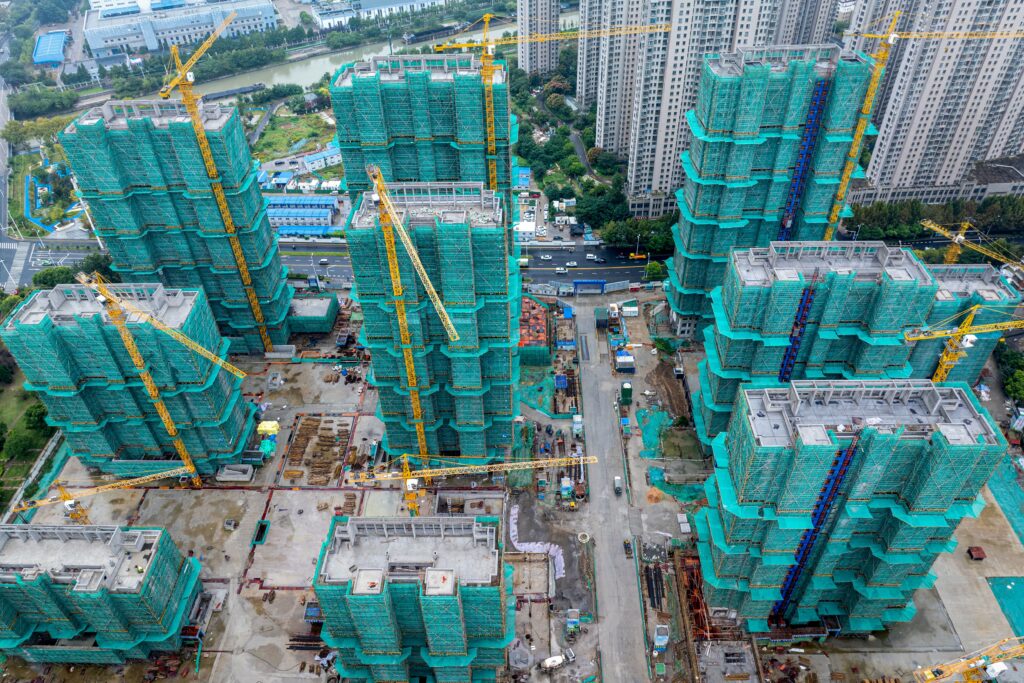TikTok plans total US shutdown as ban deadline looms: report
Social media giant TikTok plans to completely shut down its operations in the United States this Sunday if a ban ordered by legislators goes through as planned, a report said.The platform, which counts over 170 million American users, will implement an immediate blackout rather than allowing existing users continued access as had been expected, according to sources who spoke to The Information.The apparent shutdown comes as TikTok faces a January 19 legislative deadline to sever ties with its Chinese parent company ByteDance or cease US operations. While the law only requires app stores to remove TikTok and cloud providers to stop hosting US user data, the company will opt for a full suspension of service, The Information said.Users attempting to open the app after the deadline will encounter a message redirecting them to a statement about the federally mandated ban, along with options to download their personal data, the report said.TikTok’s reported plan would follow skeptical questioning from Supreme Court justices during oral arguments last Friday, suggesting they would uphold the ban. The company has challenged the law on First Amendment grounds, which protect freedom of speech.The shutdown would coincide with the US presidential transition, as Donald Trump, who has expressed opposition to the ban, takes office Monday. ByteDance has so far refused to sell TikTok’s US operations, though analysts say this position could shift as the reality of a forced market exit looms.In an internal email obtained by The Verge on Tuesday, TikTok assured its US employees that their “employment, pay, and benefits are secure” and offices will remain open even if the situation remains unresolved by Sunday’s deadline. The company told staff it was “planning for various scenarios.”TikTok declined to comment when contacted by AFP.


